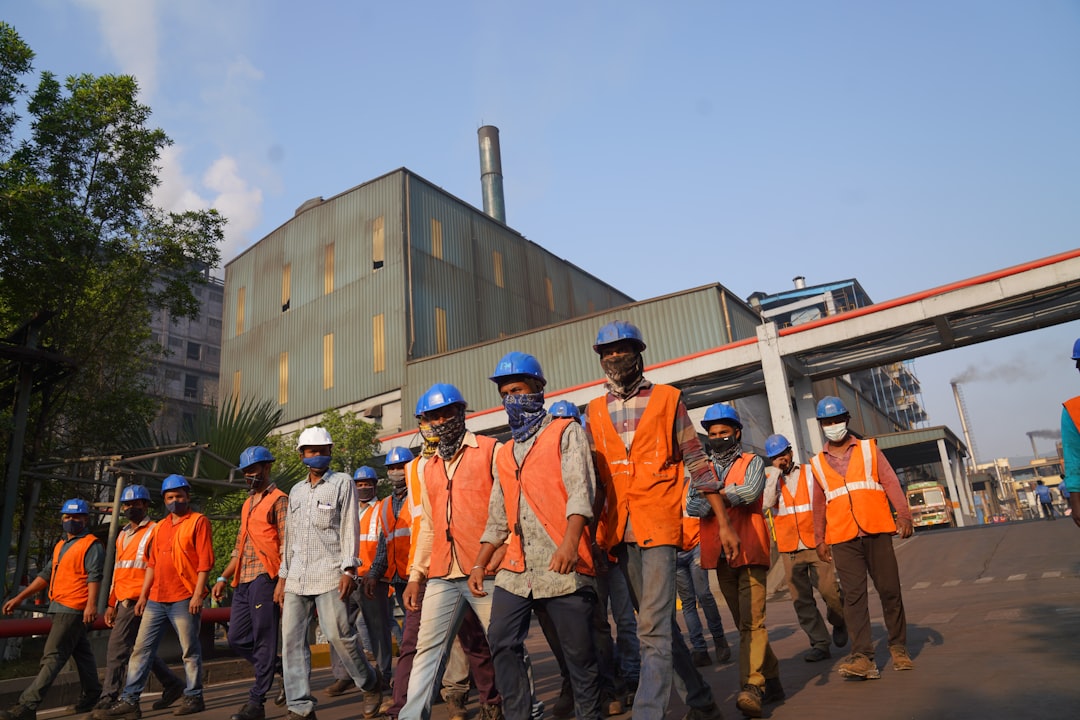Steel is a ubiquitous material in modern civil engineering projects, from skyscrapers to bridges and industrial structures. A strong understanding of steel’s properties, design principles, and construction techniques is paramount for any civil engineer. This comprehensive guide explores the essential steel training needed to excel in this crucial area of civil engineering.
Understanding Steel Properties and Behavior
Before delving into design and construction, a thorough grasp of steel’s physical and mechanical properties is fundamental. This includes understanding its yield strength, tensile strength, ductility, and elasticity. Civil engineers need to know how steel behaves under different loading conditions, including tension, compression, shear, and bending. Training should cover topics like stress-strain diagrams, material testing standards (like ASTM), and the effects of temperature and corrosion on steel’s performance. Understanding these properties allows engineers to select the appropriate steel grade for a specific application, ensuring the structural integrity and safety of the project.
Steel Design Principles and Codes
Designing steel structures involves applying engineering principles and adhering to relevant design codes and standards. Training should cover the use of design software, such as RISA or ETABS, to model and analyze steel structures under various load combinations. Engineers must be proficient in calculating member sizes, connection details, and ensuring compliance with codes like AISC (American Institute of Steel Construction) or Eurocode 3. This section also covers topics like stability analysis, buckling considerations, and the design of various steel components, including beams, columns, and connections. Familiarity with limit state design philosophy is crucial for optimizing designs while maintaining safety margins.
Steel Fabrication and Detailing
The fabrication process transforms steel into the necessary structural members. Civil engineers need a basic understanding of steel fabrication techniques, including cutting, welding, and bolting. This knowledge allows for effective communication with fabricators, ensuring that the design intent is accurately translated into the final product. Steel detailing, which involves creating precise drawings and specifications for fabrication, is another critical aspect. Training should cover the use of CAD software for steel detailing and the importance of accurate dimensions, tolerances, and material specifications. Understanding the fabrication process helps engineers anticipate potential challenges and optimize designs for efficient construction.
Steel Construction Methods and Practices
On-site construction is where the design comes to life. Civil engineers should be familiar with various steel construction methods, including erection techniques, temporary supports, and safety procedures. This involves understanding the use of cranes, rigging equipment, and other specialized machinery. Training should also cover quality control and inspection procedures to ensure that the constructed structure meets the design specifications and safety standards. Understanding the practical aspects of construction helps engineers anticipate potential on-site problems and develop solutions that ensure project success and worker safety.
Advanced Topics in Steel Structures
Beyond the fundamentals, advanced topics in steel training can significantly enhance a civil engineer’s expertise. These could include specialized steel connections, such as high-strength bolted connections or welded moment connections. Furthermore, understanding advanced analysis techniques, such as finite element analysis (FEA), allows for more precise and detailed structural analysis. Exploring topics like seismic design of steel structures, fire protection of steel, and the use of innovative steel materials (e.g., high-strength steels, weathering steels) broadens the engineer’s capabilities and allows them to tackle complex and challenging projects. Staying updated on the latest advancements in steel technology is essential for remaining competitive in the field.
In conclusion, comprehensive steel training is indispensable for civil engineers seeking to design, construct, and manage successful steel structures. By understanding the material properties, design principles, fabrication processes, and construction methods, engineers can ensure the safety, efficiency, and longevity of their projects. Continuous learning and staying abreast of the latest advancements in steel technology are crucial for maintaining a high level of professional competence.
Tags: steel training, civil engineering, steel design, steel construction, structural steel




